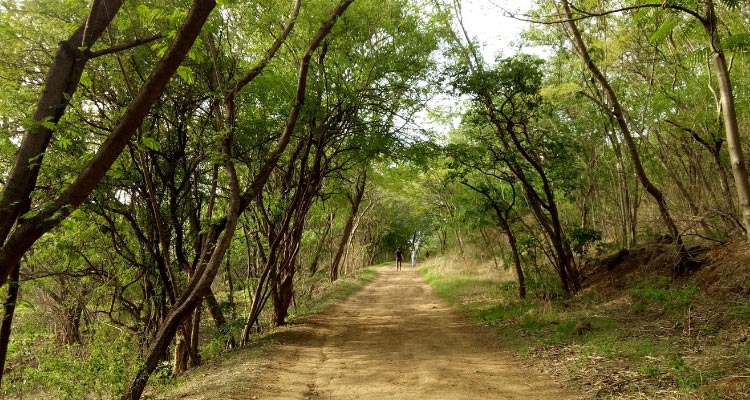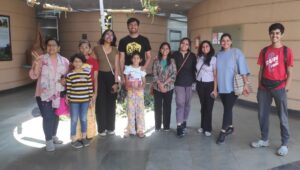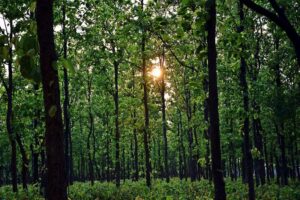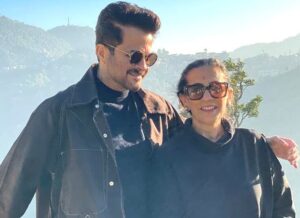Pune Residents Lead Tree Mapping Effort in Taljai Forest

Pune Residents Lead Tree Mapping Effort in Taljai Forest
The initiative comes amidst ongoing debate and allegations regarding tree pruning activities in Taljai Hill.
9 May 2024
By Payoshi Bisht
Amidst growing concerns over transparency in tree cutting and ongoing activities within the Taljai forest area, citizens of Pune have taken matters into their own hands by launching a tree mapping initiative on Taljai Hill. This initiative comes in response to allegations of lack of transparency and controversy surrounding recent tree pruning activities by the Forest Department.
In an effort to document the tree species present in the Taljai forest area, members of the Sahakarnagar Citizen’s Forum have developed an independent website dedicated to gathering data on trees. Mandar Joshi, a forum member, spearheaded the initiative, urging citizens to contribute information about the trees they observe in the area. The forum has emphasised the importance of updating data on tree species, especially in forested regions like Taljai Hill, where information has been scarce.
Ketki Sathe, another member of the forum, highlighted the primary goal of the initiative, stating, “This initiative mainly aims to document trees existing in the Taljai forest area.” Sathe further explained that while all plant species would be documented, the focus would primarily be on trees to provide updated information to the public. Presently, the initiative has garnered the support of 16 volunteers, with no set deadline for completion as the number of volunteers continues to grow.”
Ketki Sathe, further said, “Mandar Joshi, the founder of the website OneFlora and initiator of the Taljai Bachao Abhiyan group, had commenced a study aimed at preserving the green cover in the region. The group will begin mapping trees in the area through voluntary efforts emphasizing that participation should not be burdensome, Joshi outlined the criteria for tree mapping and encouraged citizens to contribute voluntarily. Currently, 18 responses have been received through a Google form designed to gather information from the public. A presentation is scheduled for either Friday or Monday, where further details on how people can contribute will be discussed. The specific date for contributions will be finalized during the meeting.”
However, on the contrary, forest official clarified that the department does not conduct per-tree census in forest areas. Instead, they employ a different mapping method based on canopy cover, as per central government guidelines. He elaborated that despite the absence of per-tree counting, the department monitors plantation activities, including the number of trees planted and their survival rates.
In a telephonic conversation with the founder of the Taljai Bachao Abhiyan group initiative, Mandar Joshi shared, “We aim to enhance the preservation and awareness of indigenous Indian flora through the documentation of 150 species, including flowers, trees, fruits, and seeds, prioritizing existing trees. We’ve initiated One Flora website (http://Oneflora.in) a year ago as a foundation. Our primary focus lies in documenting and preserving the existing trees, understanding their growth cycles, and maintaining their ecosystems. To achieve this, we’re mobilizing volunteers who possess knowledge about trees and can contribute by tracking, identifying, and inputting data. Our goal is to expand outreach, catering to those seeking to identify trees, while fostering a community of dedicated volunteers passionate about tree conservation.”
He has developed a software as well for tracking biodiversity in Taljai Forest (https://oneflora.in/static/citizeninitiative/Taljai_flora/taljai_flora_gmap.html) which can be a useful tool for mapping trees. He also has a YouTube channel (https://youtube.com/@oneflora9379?si=hl9cLNYNxp-dXV37)in which shares insightful videos about biodiversity.









